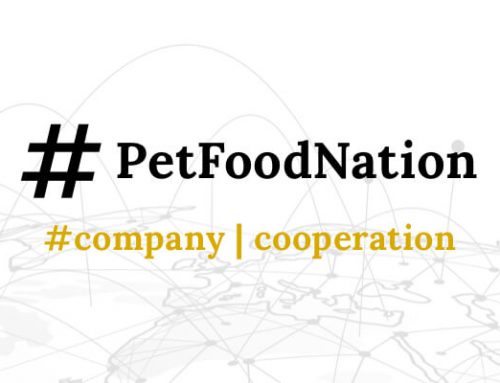Highlighting the uniqueness of pet food, the European Parliament’s June 2023 report emphasized that it differs from other types of feed as it is sold directly to end consumers in the same retail outlets as human food. “The commission argued that pet food is different from other types of feed because it is used for non-food producing animals, is sold directly to the final consumers – often in the same shops as food,” stated the report.
Responding to an escalating demand for organic products in the pet food market, the EU authorities found it fitting to make these organic pet products easily discernible. A shift occurred in January 2022 when pet food could only be labeled as organic if all its agricultural ingredients were organic, posing challenges for manufacturers due to the limited availability of specific organic ingredients.
Under the new directive, pet food must now consist of a minimum of 95% organic ingredients by weight. Meeting this criterion allows manufacturers to feature the EU organic production logo on their pet food packaging, a requirement for pre-packed organic pet food.
In terms of expectations for pet food manufacturers, they are required to incorporate references to organic production in both the sales description and the ingredient list of their products, thereby enhancing transparency and providing consumers with vital information. For products containing less than 95% organic ingredients, a reference to organic production in the ingredient list suffices.
Manufacturers are granted a six-month grace period before the mandatory inclusion of the EU organic logo on their pet food products.



